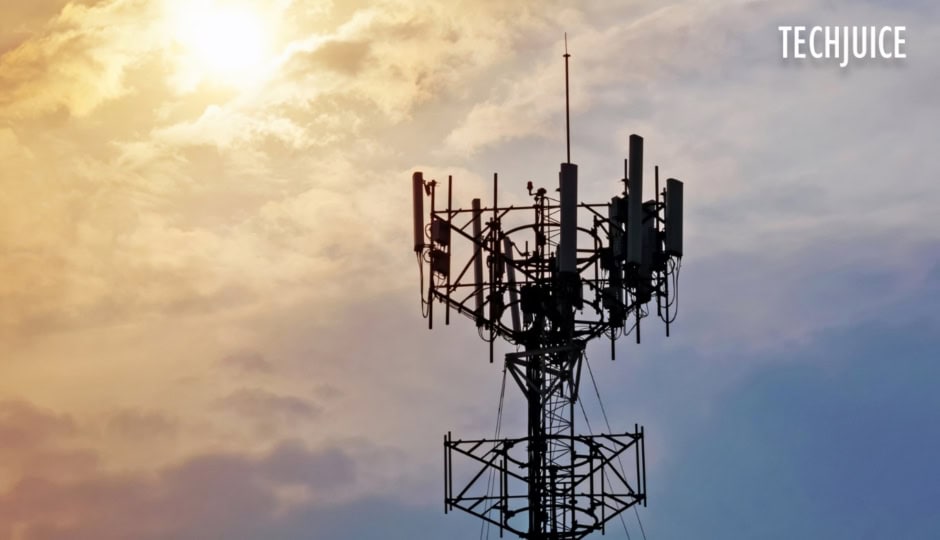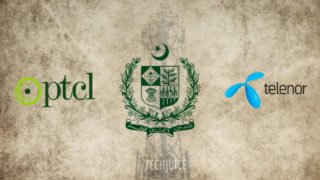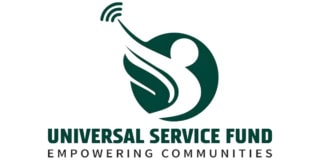Pakistan is Still Decades Away from Digital Equality, Warns World Bank

ISLAMABAD: Pakistan has one of the lowest average broadband speeds in South Asia. Fixed broadband packages cost 11.1 percent of the average monthly GNI per capita, which is over five times the international affordability benchmark of 2 percent.
This was revealed in the World Bank report “Pakistan Development Update, Reimagining a Digital Pakistan,” which further noted that Pakistan is one of the three countries in the region where 5G coverage is not available due to limited availability of fiber optic networks, low tower density, and a lack of feasible use cases.
The current rate of fixed broadband deployments has plateaued, and estimates indicate that, at this pace, it could take approximately 30 years for Pakistan to reach fixed broadband connectivity levels comparable to those of high-income countries.
According to a recent study by the International Finance Corporation, Pakistan lags a benchmark group of countries—Bangladesh, Egypt, India, Indonesia, and the Philippines—by approximately 5.1 million Fibre-to-the-Home (FTTH) lines. To close this gap by 50 percent by 2027, an average investment of $2.5 billion in fixed broadband is required.
The bank stated that while entry-level mobile broadband packages cost 1.8 percent of average monthly GNI per capita, these packages can still be unaffordable for low-income and rural communities, which also experience poor quality of service due to lack of easy access to the fiber backbone and lack of access to satellite-based internet facilities.
The report noted that average fixed broadband speeds are 16 Mbps in Pakistan, the third lowest in the region. Average mobile broadband speeds are 20 Mbps, also the third lowest in the region. Fixed broadband speeds also vary across districts, with Karachi and Islamabad experiencing average speeds that are twice the speeds experienced in the median district (8 Mbps).
Nationwide internet access remains low, with only 33 percent of the population reporting using the internet in 2022. Additionally, Pakistan has the third-largest broadband usage gap in the world, with 140 million people living within the range of mobile broadband networks but not using the internet.
With nearly 17 percent of its population still living beyond the coverage of mobile broadband networks, coverage gaps in Pakistan are also among the highest in South Asia. Both 3G and 4G mobile population coverage in Pakistan—at 74.9 percent and 83.6 percent, respectively—are below the South Asia regional average of 88.1 percent and 90.9 percent, respectively. 4G is the dominant technology, accounting for two-thirds of the total mobile connections; however, around one-third of mobile users are still on legacy 2G networks.
The low levels of internet access and high usage gaps partly stem from supply-side challenges within the country’s connectivity value chain, as well as barriers related to literacy, skills, social norms, and affordability.
“Closing the digital divide and expanding access to digital services require targeted legal and regulatory reforms, increased private investment, and the development of key digital infrastructure. Strengthening secure digital identification systems, enhancing digital payment platforms, and improving coordination between federal and provincial authorities are crucial in building an inclusive and efficient digital ecosystem,” said Shahbaz Khan, co-author of the report.
Sharing clear, practical insights on tech, lifestyle, and business. Always curious and eager to connect with readers.


 3 min read
3 min read
















